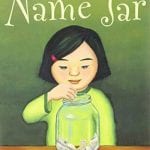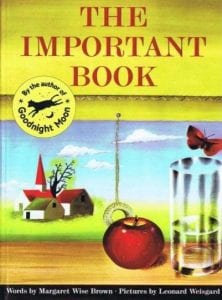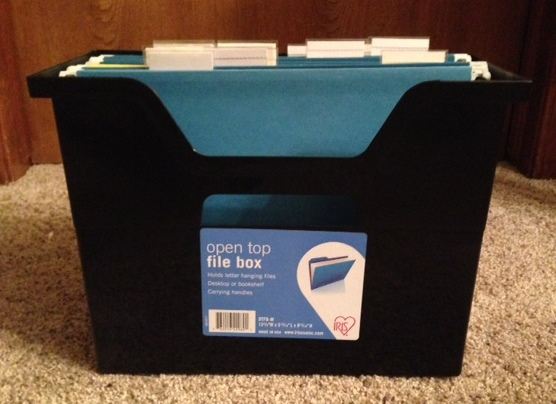by Cindy Elkins – OK Math and Reading Lady
Since many of you may just now be coming back together with your students in person due to hybrid or virtual teaching models, I thought I’d revise this post I wrote 3 years ago concerning establishment of a classroom community. While you may feel extra pressure to get back into some serious catch-up learning lessons, time spent on creating a genuine classroom community is definitely worth it and should pay off.
Creating a sense of community within your classroom puts emphasis on establishing a climate of mutual respect, collaboration, kindness, a positive atmosphere, and a feeling that each one is a valued member of the class. This is also critical to help you prepare for small group collaborative practices for your reading and math instructional program. See the freebie of fun teamwork activities in the last paragraph!
There are many ways to accomplish this, of course. But I will share my favorites. Before Great Expectations came to SW Oklahoma, I became familiar with an organization called Responsive Classroom (click to link to their website). They are similar to GE, but primarily train teachers in the NE part of the U.S. Like GE, they also focus on a strong link between academic success and social-emotional learning. You can subscribe to their newsletter and order wonderful books via their website. I started with one of their books called “The Morning Meeting Book” (click on title). 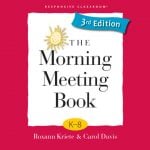 It promotes ways to create a classroom community by having a daily “Morning Meeting.”
It promotes ways to create a classroom community by having a daily “Morning Meeting.”
In my classroom, we formed a circle every morning and greeted each other by name in fun ways. See some ideas below in the bulleted section. You might be surprised to know that students often don’t know their classmates names, even after several weeks of school! Knowing and using a child’s name is a sign of respect. Through this circle, we also shared successes and concerns for one another, began discussion topics about how we should behave and respect one another, welcomed new students, made group decisions, and set the tone for the day. Every student was acknowledged and felt valued every day. Students don’t want to disappoint a teacher or classmate they respect, and it almost eliminated the need for time consuming behavior plans. For a great plan to get students in a circle in a timely manner see Activity #22 in the Teamwork Activities linked below (last paragraph)
Name Greetings:
- One student starts. Student #1 offers a type of handshake to the person to their right -Student
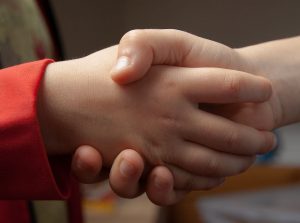 #2 (handshake, pinky shake, salute, wave, high five, fist bump), and says, “Good Morning, ________ (name).” Student #2 returns the greeting (also with eye contact), “Good morning, ________.” Then Student #2 greets Student #3, and it goes all the way around the circle. I usually only introduce one type of hand gesture at a time. After we learn all of them, then I often give them a choice. I have to teach eye contact, sincerity, how to give a proper handshake, and what to do if you don’t know/remember their name.
#2 (handshake, pinky shake, salute, wave, high five, fist bump), and says, “Good Morning, ________ (name).” Student #2 returns the greeting (also with eye contact), “Good morning, ________.” Then Student #2 greets Student #3, and it goes all the way around the circle. I usually only introduce one type of hand gesture at a time. After we learn all of them, then I often give them a choice. I have to teach eye contact, sincerity, how to give a proper handshake, and what to do if you don’t know/remember their name. - After we have mastered the above, I introduce some other way to greet. One is to write each student’s name on an index card and place the stack face down in the middle of the circle. Turn over the top 2 names and they greet each other. Keep turning over 2 names at a time until the whole stack is completed.
- Learn a greeting in another language (such as Hola or Buenos Dias, Guten Morgen, Bonjour, etc.).
- Using a ball, student #1 rolls it to a student across the circle to greet them (student #2). Then student #2 rolls the ball across the circle to greet #3, and so on.
- If we are crunched for time, we shake to the left, shake to the right, say “Good Morning, ____” and are all done!!
Teamwork Activities:
Through my years of GE training, I added teamwork activities to our classroom routines – especially at the beginning of the year. And then we continued them once a week because caring has to be practiced. We loved “People to People” and “Black Socks” and the “Woo Game.” I am attaching a pdf of 22 Movement, teamwork, energizer activities – I hope you will try some. Many of them require no advance preparation. I feel taking the time to create a caring atmosphere was worth every minute. When students have the opportunity to engage in fun activities together and learn their names and interests, they are more likely to show genuine respect toward one another.
Enjoy your time together! Share your favorite teamwork activity!

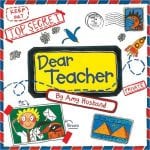 As part of building a classroom community, you likely will have many discussions about diversity, friendship, and showing respect in various ways. Here are some great resources for literature that might emphasize the point you are trying to make.
As part of building a classroom community, you likely will have many discussions about diversity, friendship, and showing respect in various ways. Here are some great resources for literature that might emphasize the point you are trying to make.